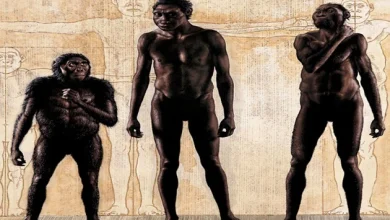The 10 greatest unsolved mysteries in Africa

Africa, the world’s second-largest and second-most-populous continent after Asia, has some greatest unsolved mysteries that need scientific explanations.
However, there are so many unexplored and mysterious areas in the African countries, and it’s not surprising that there are some impressive destinations in particular.
Here are ten greatest unsolved mysteries in Africa
1. Lake Natron in Tanzania
Lake Natron is a lovely but deadly lake that turns animals into stone. It’s not due to some mysterious spell, according to some researchers. If we believed in their various reports, it’s merely because of the salt and the high alkaline ph in the water. The pH of the water has been measured up to 10.5 – almost as concentrated as ammonia (a colorless inorganic gas that irritates the sense organs like eyes, nose, skin, nose, etc.).
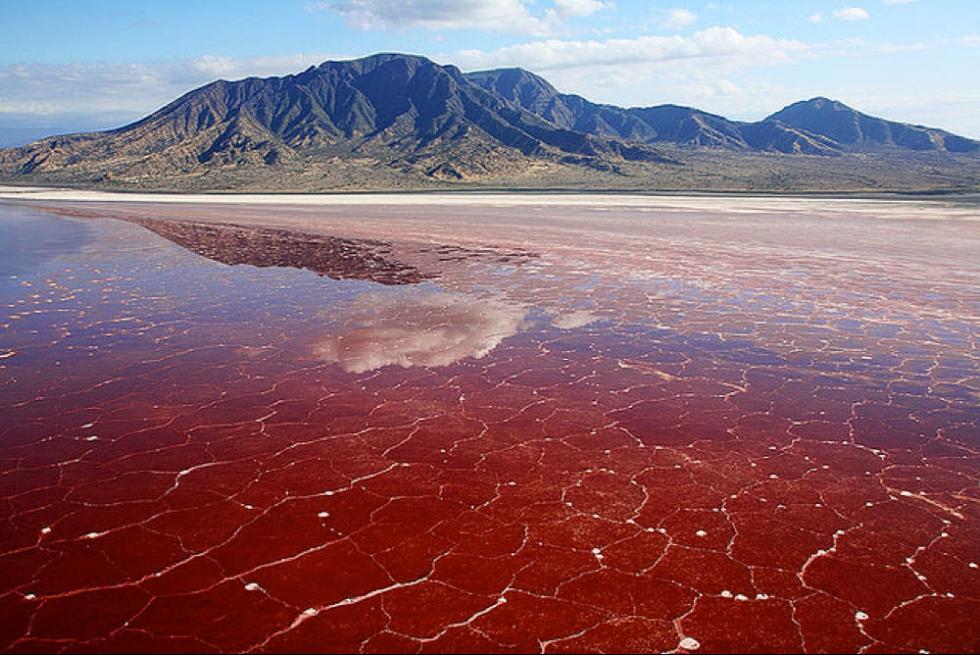
Its believed that the presence of these elements causes calcification (the accumulation of calcium salts in body tissues) when animals get in touch with the lake-water, and their bodies will turn to stone. Yet, those reports did not give clear pictures of why they turned entirely into stone.
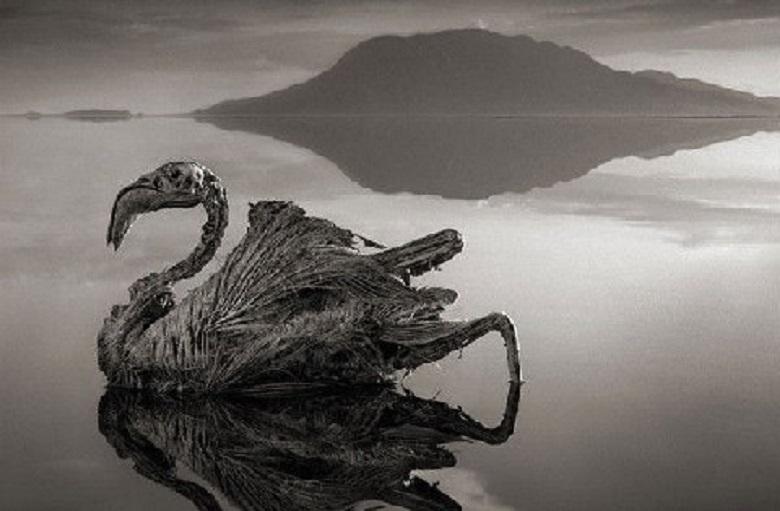
However, some creatures manage to survive in these tricky waters. The list includes a single species of fish (Alcolapia latilabris), some algae, and a colony of flamingos that feed on the algae and breed on the shore.
2. Osun-Osogbo Sacred Grove in Nigeria
The second greatest unsolved mysteries in Africa is the sacred grove of Osogbo. Nestled in the dense Osogbo Forest, the Osun State of Nigeria is the sacred Osun Grove. Here you can find many ancient sculptures, shrines, and monkeys. This site is considered the home of the fertility goddess called Oshun, a Yoruba deity.
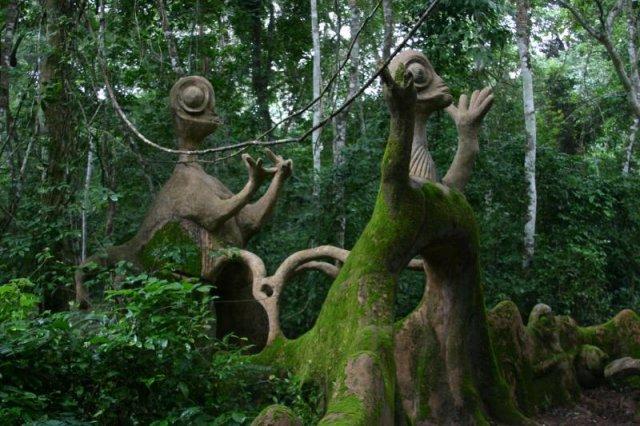
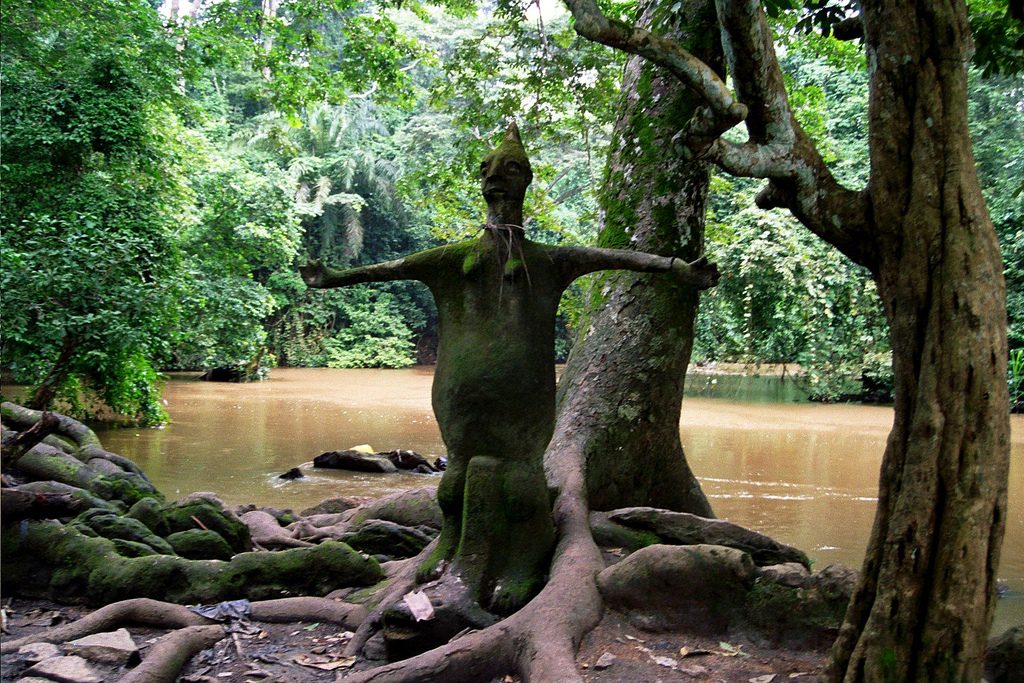
The formation of the grove is still an unsolved mysteries in Africa. Tourists are invited to always go with guides.
3. Where is Cleopatra’s tomb? In Egypt
Ancient authors affirm that Cleopatra VIII and Mark Antony, her lover, were together buried in a tomb after their death in 30 BC. One of the writers Plutarch (A. D. 45-120) explained that the tomb was located near a temple of Isis – an Egyptian goddess – and was a high and delightful monument containing treasures made of emeralds, pearls, gold, silver, ivory, and ebony.

The location of the tomb remains an unsolved mystery in Africa. In 2010, Zahi Hawass, former Egyptian Minister of Antiquities, “conducted excavations at a site near Alexandria now called Taposiris Magna, which contains several tombs dating back to the time when Cleopatra VII ruled Egypt,” according to LiveScience.
While many exciting archaeological discoveries have been made, the tomb of Cleopatra VII was not among them, Hawass reported in a series of press releases. Archaeologists have noted that even if the tomb of Cleopatra survives to this day, it may be heavily looted and unidentifiable.
4. Unsolved Mystery Of Gedi Ruins in Kenya
The Fourth greatest unsolved mysteries in Africa is situated in Malindi, in southeast Kenya, is the mysterious abandoned town of Gedi. Dense forests and empty structures surround the unsolved mystery. History tells that it was once a prosperous Swahili town that was mysteriously abandoned in the early 17th century. No one can explain or give an accurate account of why or what actually happened.

Many stories that affirmed that the spirits of its priests protect the ruins called the Elders (Old Ones). These priests are supposed to curse anyone who invades or tries to steal anything from the site. However, there are many strange ghost stories associated with the area.
5. The Giant Blue Eye of Mauritania
One of the strange wonders of Africa is the giant blue eye of Africa located in the Western Sahara desert in Mauritania. It’s also called the eye of the Sahara.
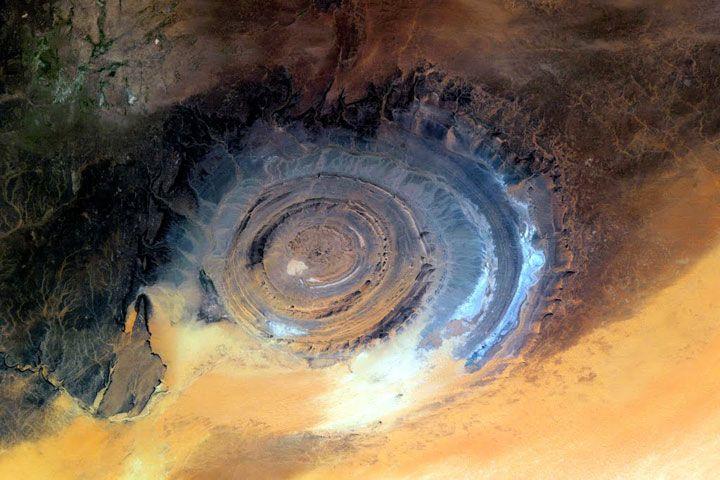
It’s in the form of a blue circle, estimated to be more than 100 million years old. However, there are some stories about its formation. While Some claim it was as a result of the impact of an asteroid, others believed it was formed due to erosion or volcanic eruption. Another group of researchers called it “a hole formed when God flooded the earth with water in the days of Noah.” All these reports yet did not give a clear explanation of the mysterious giant blue eye.
6. The Mysterious Tomb KV55 in Egypt
Probably the most challenging findings in Africa is the discovery of the contents of what has become known as Tomb KV55 in 1907. What is especially strange about Tomb 55 is that it’s said to have bored the seal of Tutankhamen initially. The report behind the claim remains unverified.
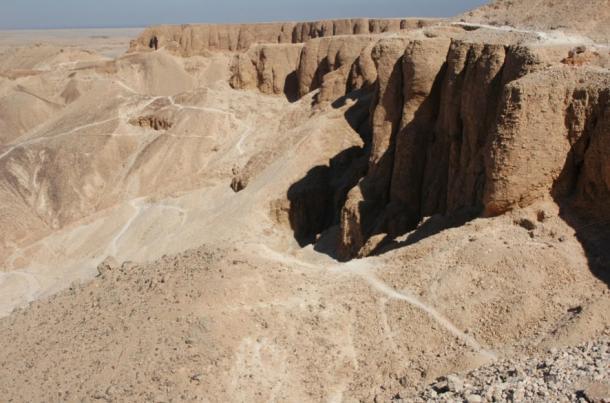
Tutankhamun, however, was buried nearby, and his tomb remained undiscovered until several years later. What is even more intriguing about Tomb KV55 is the idea that it was sealed to keep the mummy inside, as opposed to keeping out thieves and rogue.
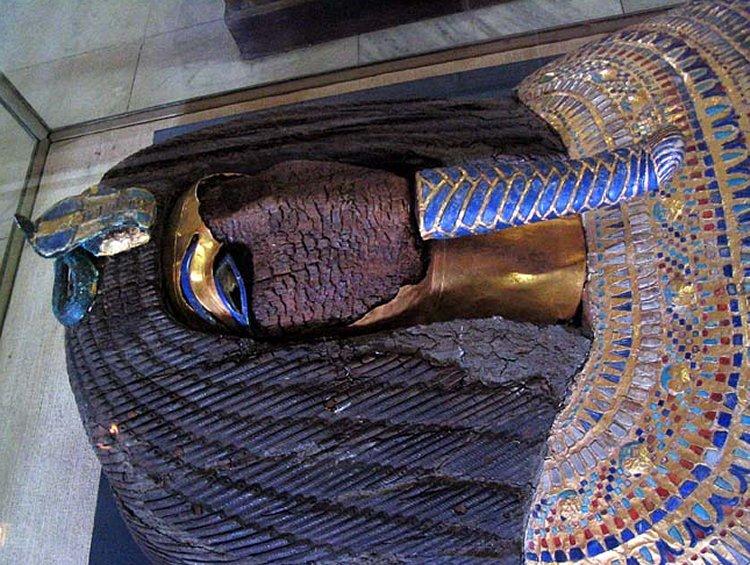
Besides, the body of the mummy had been deliberately desecrated as well as appearing and being displayed as a woman, despite the fact that he was discovered to be a man.
7. Igbo-Ukwu bronzes in Nigeria
Igbo-Ukwu bronzes astonished the world with a very high level of technical and artistic skill and sophistication that was far more advanced than contemporary bronze casting in Europe.

The first discoveries were made by Isiah Anozie while digging in his enclosure in 1939. Isiah wasn’t aware of the importance of the objects he had found. He gave some to his friends and neighbors, as well as using the vessels as a watering-can for goats.

The high technical competence and lack of known concepts of Igbo-Ukwu bronzes led to early reports claim in the academic community that the bronzes must have been created after the European contact and ghost travelers were applied for. However, research and isotope analysis established that the source of the metals is of local origin, and the radiocarbon dating revealed date of the 9th century, well before the first contact with Europe, has been confirmed.
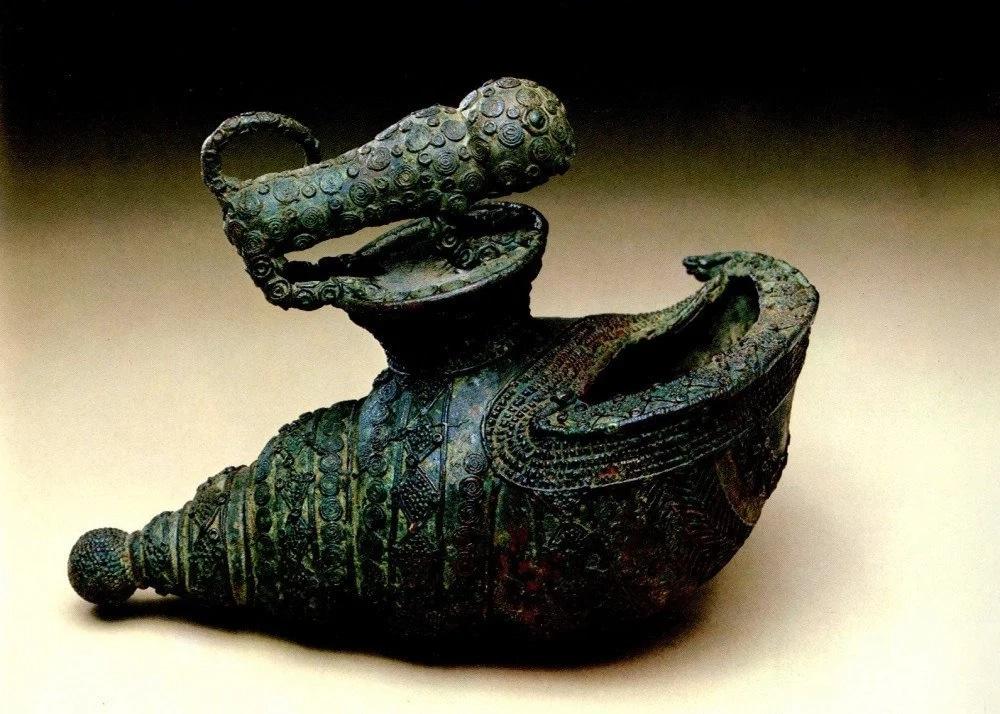
The Igbo-Ukwu artifacts suppressed the hitherto existing colonial-era views in archaeological circles that such magnificent works of art and technical skill could only come from areas in contact with Europe. Or that they could not be made in an acephalous or egalitarian society such as that of the Igbo.
Some of the glass and carnelian beads were found to be produced in Old Cairo in the workshops of Fustat, establishing that a system of long-distance trade extending from the Igbo Ukwu to Byzantine Egypt existed. It’s still unclear whether it is settlement, residence, or burial ground and remain unsolved mysteries in Africa
8. How the Pyramid of Egypt was built
The old technical achievements at Giza were so impressive that even today, scientists are not sure how the pyramids were built. Yet they learned a lot about the people who created them and the political power needed to make it happen.

The builders were competent, well-nourished Egyptian workers who lived in a nearby temporary city. Archaeological excavations at the fascinating site have revealed a highly organized community, rich in resources, which must have been supported by a persuasive authority.
Communities in Egypt likely provided workers, as well as food and other essential contributions, for what, in some ways, became a national project to show the wealth and control of the ancient pharaohs. However, how the great pyramids of Egypt were built is still an unsolved mysteries in Africa
9. The Seven-Colored Earth of Chamarel in Mauritius
It is a major tourist attraction found in the “Rivière Noire” district in the south-west of Mauritius. As its name suggests, it is a small area of dunes with seven different colors.
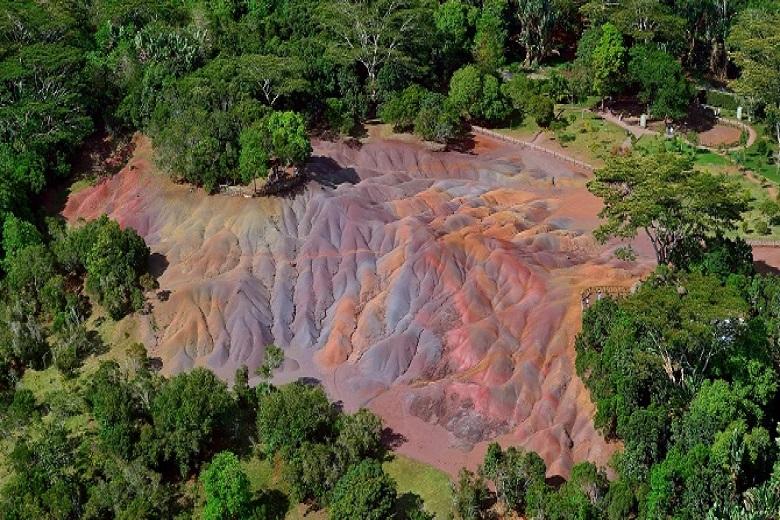
It is claimed to have been formed by a volcanic eruption. An 83-meter high waterfall borders it with giant turtles!
10. Grooved sphere rock in South Africa
In South Africa, there is a rock known as Precambrian, which is about 2.8 billion years old. Some miners found the mysterious metal spheres there when mining metals. They have a diameter of about 1 inch and have three parallel grooves etched around the equator.
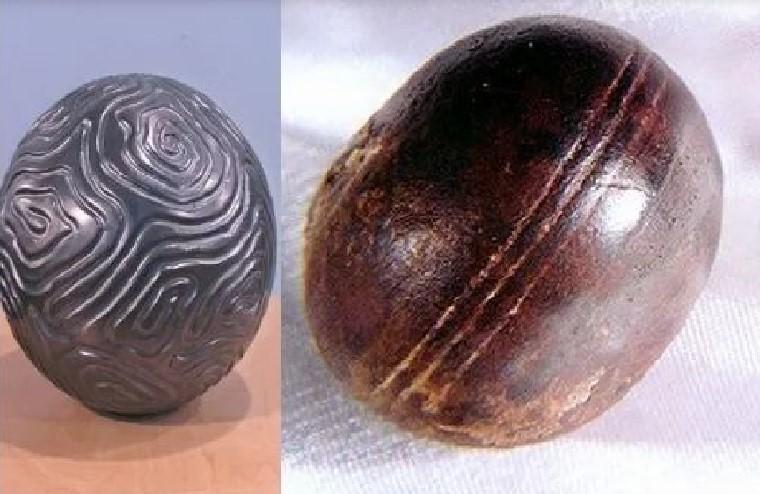
Most of the spheres are solid bluish metal with spots of white, while others are hollowed out filled with a spongy white substance. The origin and formation of these spheres are still unsolved mysteries in Africa.




